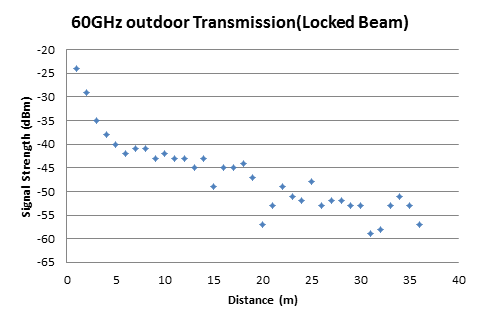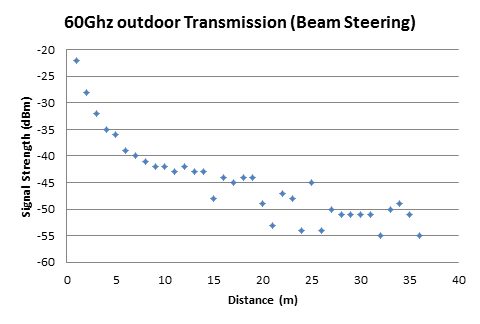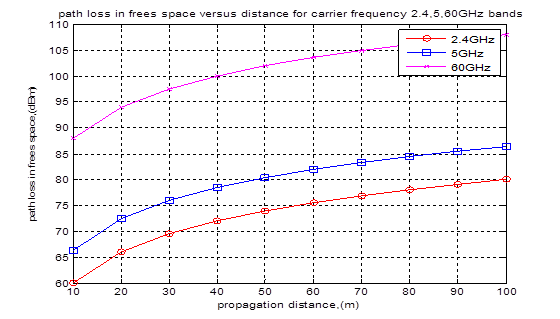
Shielding in Wireless Access Networks
The huge data rates intended for 4G
infrastructures, yet at affordable cost,
requires the use of unlicensed spectrum with
sufficient bandwidth to accommodate such huge
capacities. Hence, graduations in wireless
transmission bands from 2.4GHz/5GHz to 60GHz
(Micro wave to Milli-meter waves bands) have
evolved to provide enough speeds capacities
needed for reliable and seamless communication
for multimedia applications especially in
wireless networks sector. There is a technical
challenge to this technological advancement that
has received little attention commensurate to
the rapid growth in wireless communication
industry. Communication propagation impairments
such as co-location interference, that causes
communication signal distortion and transmission
link breakage needs to be adequately addressed
for a seamless communication. This is the focus
of this research work. The investigation of
existing co-located access networks in the
increasing bandwidth (microwave, Mill-metre wave
bands, as well as IEEE802.11ac technology)
performances has been examined and still
on-going to reveal the extent of this technical
challenge to seamless wireless communications:
Shielding effects in wireless access networks.
While research through simulations on how to
mitigate co-located wireless network
interference will be conducted.

Milli- meter wave band Beam locked outdoor transmissions

Milli- meter wave band Beam steering outdoor transmissions

Comparison of path loss in free space versus distances of micro wave and mill- meter wave bands

Simulation curves of received signals of microwave and mill-waves
It has been established from the empirical and simulations results presented in this research work, that the clamour for more bandwidth is a challenge in the wireless arena. The overcrowding in the Unlicensed 2.4 GHz evolved the emergence of higher carrier frequency. The huge path loss in the 60 GHz carrier is a concern; the dream of higher throughput using this band may not be visible for communication of few kilometre ranges. The option to be considered is to exploit the new technology in IEEE802.11ac and the whitespace frequency bands. Adequate attention is required for a seamless wireless communications with the new technology of very high throughput capabilities.
Please contact us for further information.
University of Essex. All Rights Reserved. Copyright 2012 ©

